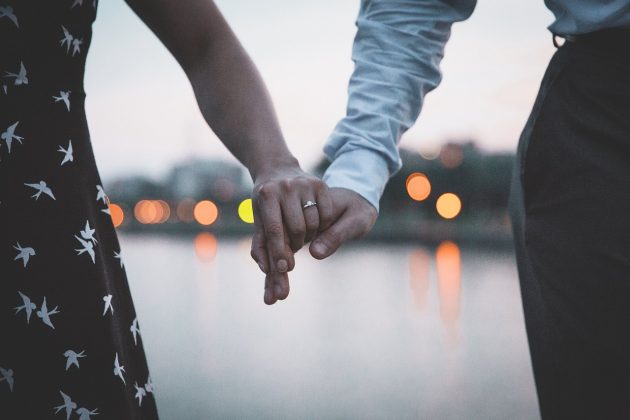It’s possible that this is the first time you’ve ever thought about an engagement ring – after all, you’ve had no reason to contemplate jewelry in the past. But now that you’re looking, there are some important things you need to know.
6 Tips and Pointers for Buying an Engagement Ring
An engagement ring is a major purchase. Data shows that Americans spend an average of $6,351. This makes it one of the biggest purchases you’ll ever make – so it’s not something you can afford to take lightly.
Even more than price, an engagement ring’s significance is found in its sentimental and symbolic nature. It’s a promise that you’ll love and cherish your soon-to-be spouse until death do you part.
Choosing one engagement ring in a sea of diamonds and settings is challenging for anyone – let alone someone who has never set foot in a jewelry store. But with the following tips and pointers, you’ll find it a bit more manageable.
- Understand the Four C’s
As you’ll quickly find out, diamond engagement rings are typically discussed in terms of the four C’s: color, cut, clarity, and carat. These metrics were created by the Gemological Institute of America (GIA) to be the global standard for assessing the quality and value of diamonds. They allow you to take two independent diamonds and compare them against one another. In essence, here’s what each of the four C’s tells you:
- Color: There’s a range of colors from D-to-Z. Diamonds with less color are considered rarer. In other words, the more valuable diamonds tend to be more transparent.
- Cut: The way in which a diamond is cut has an effect on how light is refracted. Some cuts are considered more desirable than others.
- Clarity: The clarity of a diamond refers to the presence or absence of inclusions and blemishes. The fewer there are, the higher quality the diamond is.
- Carat: Finally, diamond carat weight refers to the size. In general, larger diamonds are more valuable than smaller ones (though you have to take the other three C’s into account).
- Consider the Trustworthiness of the Vendor
Never buy a diamond engagement ring without first doing some research on the jewelry store or vendor you’re purchasing the ring from. Some companies don’t actually know a whole lot about the diamond they’re selling – including important details related to quality or where the diamond has been sourced.
The trustworthiness of the vendor will tell you a lot. Certain companies, like Sylvie, require that their diamonds pass a 150-point control process before they can be sold. A thorough process like this helps the buyer feel assured that the engagement ring they’re buying is actually high quality in nature (not just appearance).
- Recognize Various Diamond Shapes and Cuts
When diamonds are used for engagement rings, they’re typically given a unique shape and cut. Common shapes include marquise, pear, rectangle, oval, heart, and square. The cut refers to how the diamond’s facets are arranged. Common cuts include the brilliant cut, emerald cut, and radiant cut.
- Know the Pros and Cons of Different Metals
Most engagement ring bands come in either yellow gold, white gold, silver, or platinum. And within each of these metal classes, there are different grades. (For example, you can get a gold band in 10k, 14k, or 18k.) Do some research to determine which one is ideal for the ring you want to buy.
- Think About Settings
In addition to shapes, cuts, and metals, you also have to give some thought to setting. This is probably the one aspect of the ring your significant other has an opinion on. If you aren’t sure what she wants, ask friends or family for some suggestions.
While there are dozens of unique settings, the three most common are the simple prong setting, the bezel setting, and the halo.
- Give Yourself at Least Six Weeks
Finally, give yourself at least six weeks for the ring shopping process. Not only will it take you some time to decide on what you want, but it could take a few weeks to get your ring made (if you’re going the custom route). The more time you give yourself, the less stress you’ll feel surrounding the engagement.
Don’t Rush the Process
When it’s all said and done, you want to be patient throughout the ring-buying process. You’re choosing a ring that your future wife will wear for decades – why rush the process? Slow things down and enjoy the experience. The more thought you put into it, the more meaningful the ring will be.
